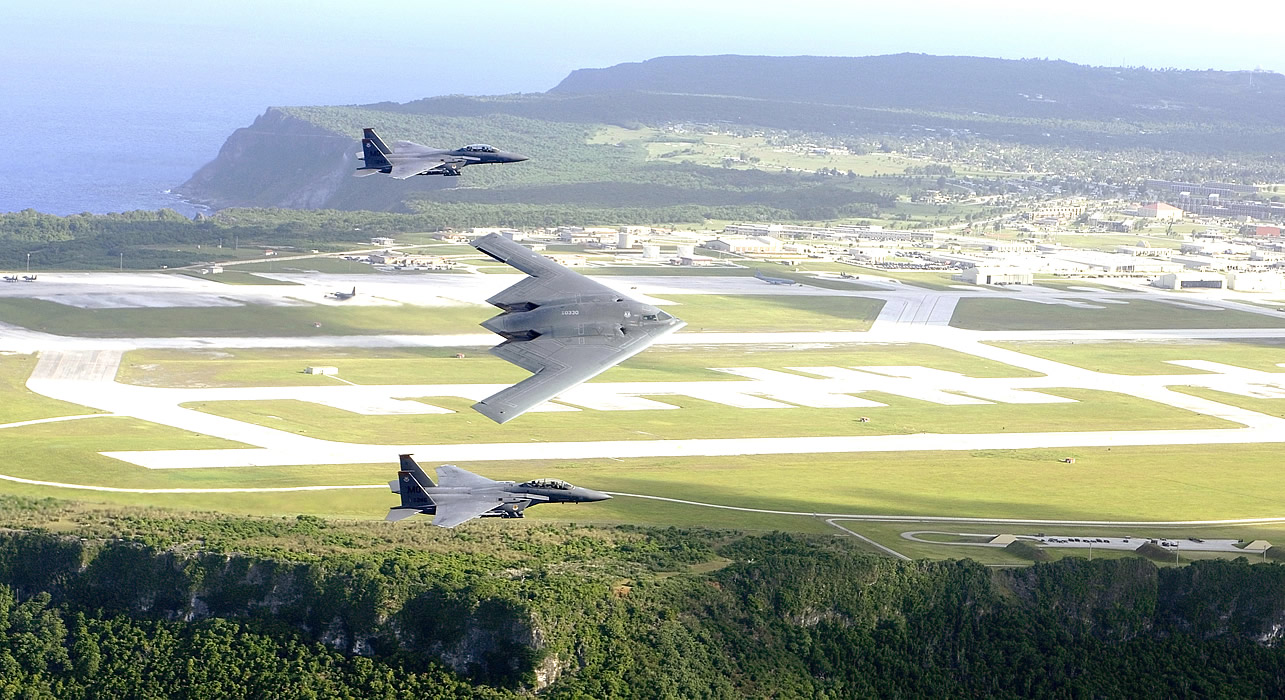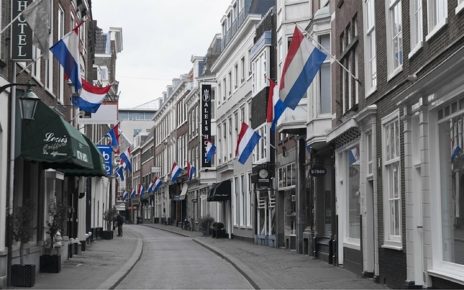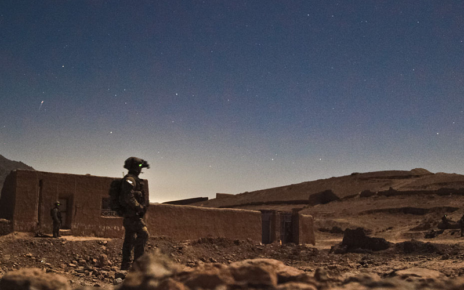Guam is one of thirteen unincorporated territories the United States Government controls. From December 8,1941, to July 21, 1944, Guam was occupied by Japan, until American forces “liberated” the island nation from imperialist forces. Since then the United States has occupied the territory and has effectively turned it into a military outpost to project American power in the region. It has been considered by many to be critical to America’s shifting Pacific foreign policy. Until recently the buzz of the international community surrounded America’s so-called ‘Pacific-Pivot’, a geopolitical strategy designed to strengthen American capabilities in the Pacific theatre. Theoretically, this would allow the United States to assert its interests and participate in the growing economic circuit that is quickly defining the region’s growth. In recent public speeches, President Obama, who once championed rebalancing to the Pacific, has noticeably stopped mentioning the Pacific in favour of responding to more pressing crises in Europe and the Middle East. Many believe that Pacific rebalancing has taken a back seat for the Obama administration. While other security concerns have shifted the media’s focus away from the Pacific, that does not mean the Department of Defence has forgotten. In fact, the Pentagon’s Press Secretary, Admiral John Kirby has gone on record saying that America’s latest challenges regarding ISIS advancement, or conflict in Ukraine won’t affect its Pacific shift. He has also gone on to say that, “more than 350,000 American troops are based somewhere in the Pacific, 200 ships, the majority of the Navy is in the Pacific. And we have five of our seven treaty alliances in the Pacific region. We’re very committed to that region.”
US Military Bases in Guam, sourced from Z Magazine
Similarly, Lieutenant Colonel Clyde Cochrane claimed that the purpose of American bases in Guam is to serve as a deterrent to North Korea, specifically noting that if deterrence failed than they were capable of neutralizing any ballistic threat. The system known as “Terminal High Altitude Area Defense” (THAAD), is designed to intercept ballistic missiles, and was deployed to Guam in April 2014. Certainly North Korea poses a threat, but the capabilities currently placed in Guam clearly imply that the United States is prepared for any threat in the region. Specifically this refers to perceived Chinese aggression. Even though Guam’s geostrategic importance to American foreign policy is crucial, it is important to question whether the development of an occupied island as a military outpost is actually something to strive for. While Guam has become seemingly dependent on American investment, the past few decades have witnessed Guam’s indigenous population, the Chamorros, seek self-determination and decolonization. Various self-determination commissions attempted to increase Guam’s political status within American territory, yet were routinely denied by Presidents Reagan, H.W. Bush, and Clinton. Their major objections to increasing Guam’s status always involved objections to Chamorro self-determination.
Protestors against increased American military presence, sourced from DMZ Hawaii
In 2011, Guam’s newly elected Governor Eddie Baza Calvo made self-determination a priority by pledging to hold a plebiscite on the matter. Actualized self-determination would entail Guam’s achieving statehood, independence, or free association; however, there has yet to be a plebiscite to officially determine Guam’s path forward. Edward Alvarez, the executive director of the Commission on Decolonization said a self-determination vote would occur in August 2015.
The American military industrial complex is very unlikely to willingly stop its increasing development of Guam as a military outpost. That being said, it is vital to long-term security to ensure that indigenous populations are not further exploited. While there is a range of positions within the various movements seeking greater independence, there is space for negotiation to develop in a sustainable way. Though unlikely that continued occupation will result in massive protests in the near future, if history has taught anything it is that when a population demands self-determination and those calls are not seriously listened to, tensions will grow. In this case the tensions are unlikely to grow rapidly due to the complicated process of educating the population about their various options, but given Guam’s critical importance to America’s Pacific pivot, the future of Guam’s people will be vital to the sustainability of Guam as an effective, and secure outpost for America’s security concerns.







